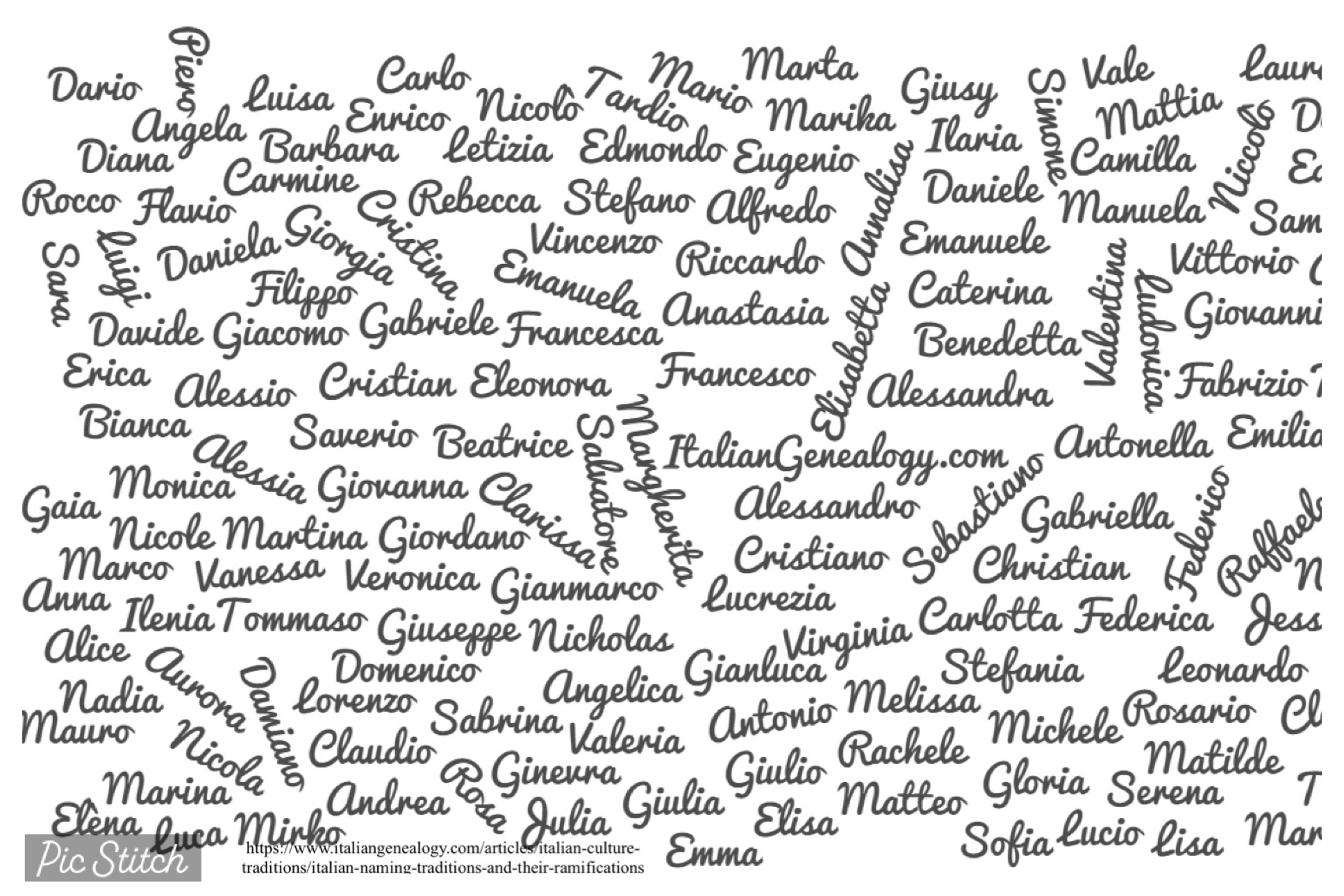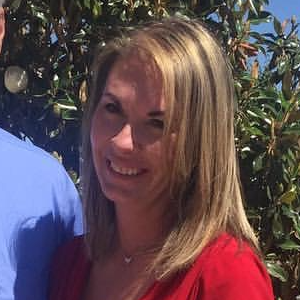Have you used naming traditions while trying to break down your brick walls? Have they worked out for you? If you have brick walls that are back in the 1800s or before, I suggest you try using these traditions. Of course, not every family used them, or they used them and then the person used their middle name often even on government documents. There are always exceptions but naming traditions are a good first place to start in your journey to breaking down those break walls. Another thing to keep in mind is not every country used the same naming system, or they had exceptions to the rules.
Let's start with the one most people know about the British Isles. This system was common during the 18th and 19th centuries.
- The first son was named after the father’s father
- The second son, after the mother’s father
- The third son after the father
- The fourth son, after the father’s eldest brother
- The first daughter, after the mother’s mother
- The second daughter, after the father’s mother
- The third daughter, after the mother
- The fourth daughter, after the mother’s eldest sister
Of course there are exceptions such as if both grandfathers had the same name the parents may just skip to the next name in the order. While in Scotland sometimes people skipped naming the children after the parents, or even followed the pattern for the male children but would give the girls the names of both paternal grandmothers first.
The French and French Canadians were similar to the British Isles for the male children
The French and French Canadians were similar to the British Isles for the male children but for female children, if a grandmother had passed away her name was given precedence over the living grandmother. Also many children were given hyphenated names that could cross genders in honor of the child’s patron Saint. While many were also Joseph - or Marie - in honor of the Holy Family.
Italians were very similar to the British Isles naming system
Meanwhile Italians were very similar to the British Isles naming system; the difference would be that the first daughter would be named after her father’s mother, not the mother’s mother. Italians also used necronomics which means they named a new baby after a deceased sibling. So if there are two children with the exact same name it very well may not be a mistake, especially if the name honored someone in a previous generation.
Greek children were first named after the father’s parents and then the mother’s parents
For those with Greek heritage, children were first named after the father’s parents and then the mother’s parents. However since the naming system is more male dominated, a girl could also be named after her grandfather. One example is the male name Dimitris would be made Dimitra for a female. Also sometimes the fathers name would be added as a middle name for girls. Yet, if a relative died near the time a new baby was born the child could be named after that person or if born on a saint’s feast day they could be named after the Saint, throwing off the naming pattern.
These are just a few of the different naming patterns of different cultures. When looking for your ancestors it is important to research the naming pattern for their culture. This way you can start trying out different names to find those ancestors that are hard to find. As we pointed out there are many exceptions so it is not always easy to tear down those brick walls by using naming patterns, but it is a good tool to remember to try. Happy hunting!
We can help
If you need any help finding your ancestors, just let us know.


